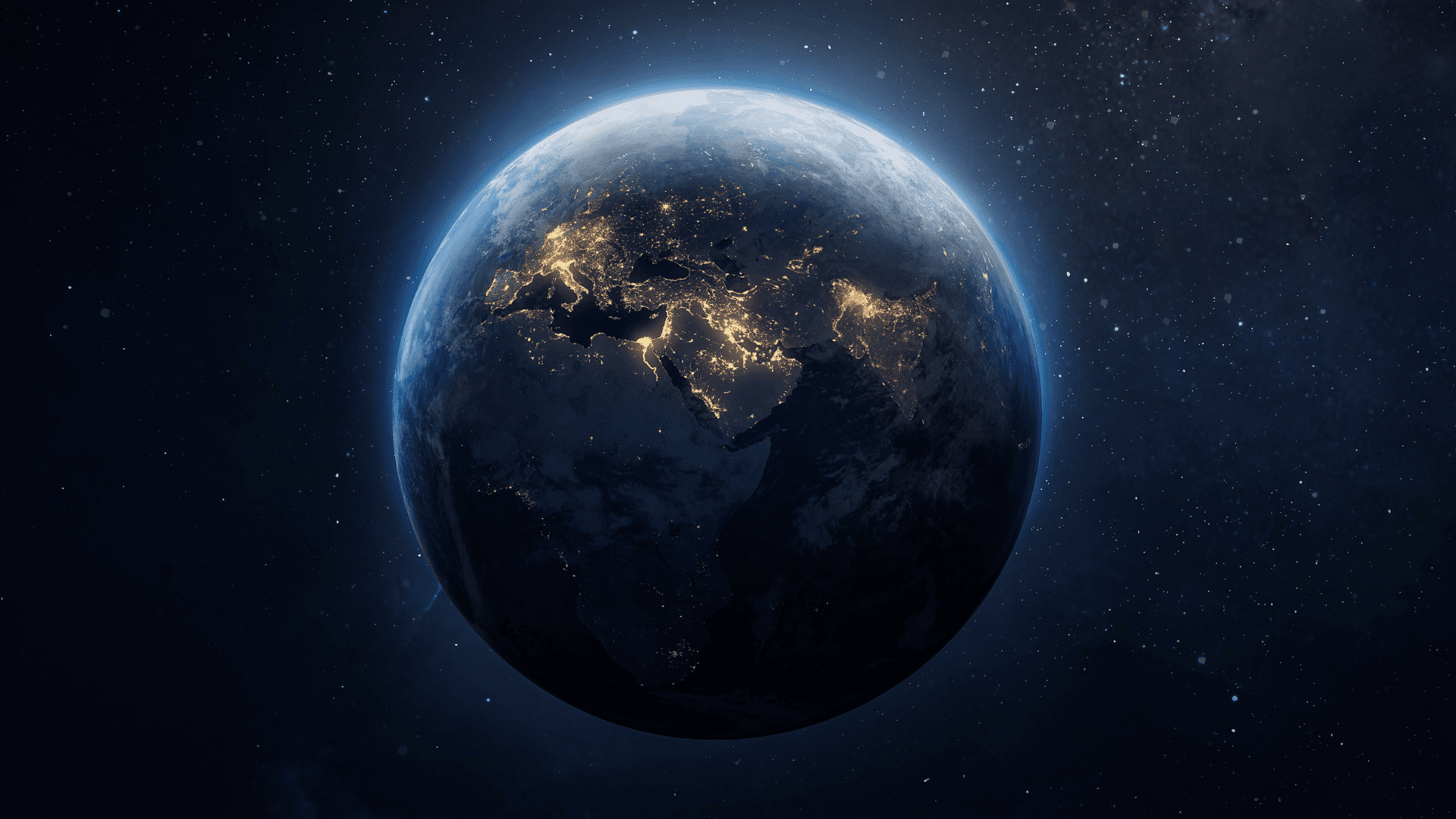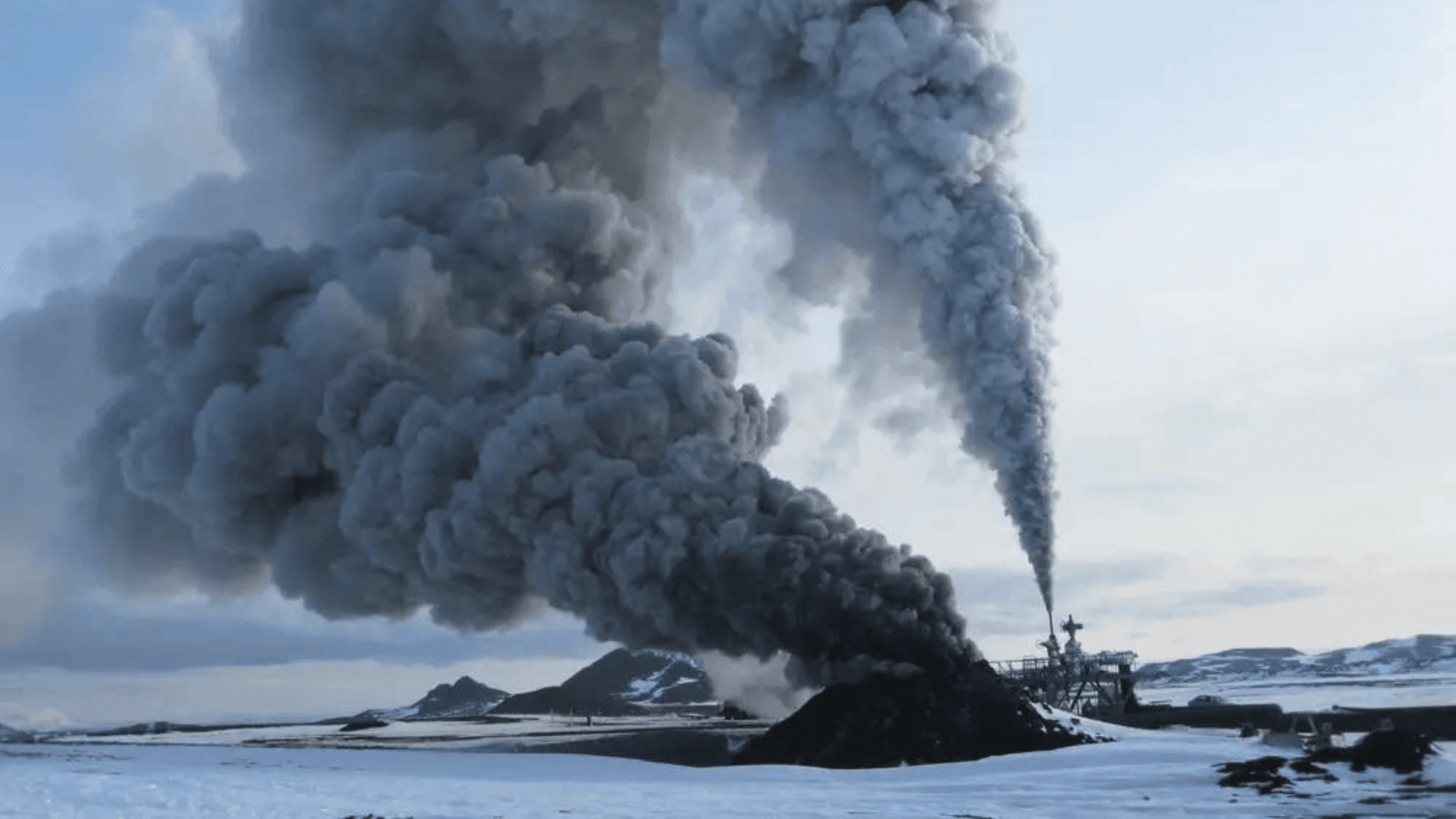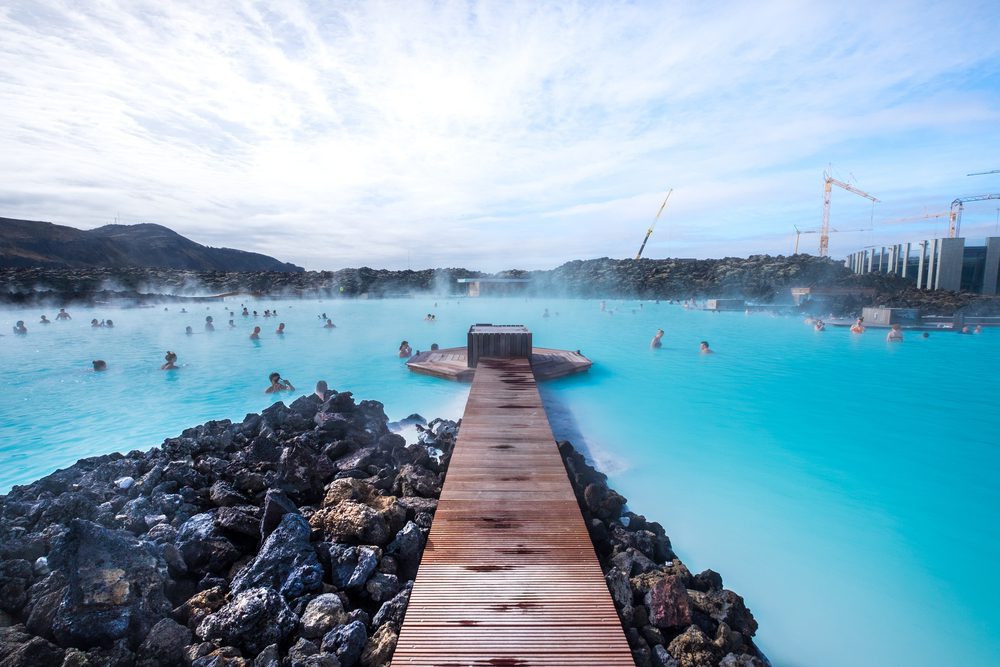For the fifth time since December, a volcano in southwestern Iceland erupted. This time, lava shot over 150 feet in the air, threatening a coastal town. In addition, authorities evacuated the popular Blue Lagoon geothermal spa.
Iceland Volcano Eruption
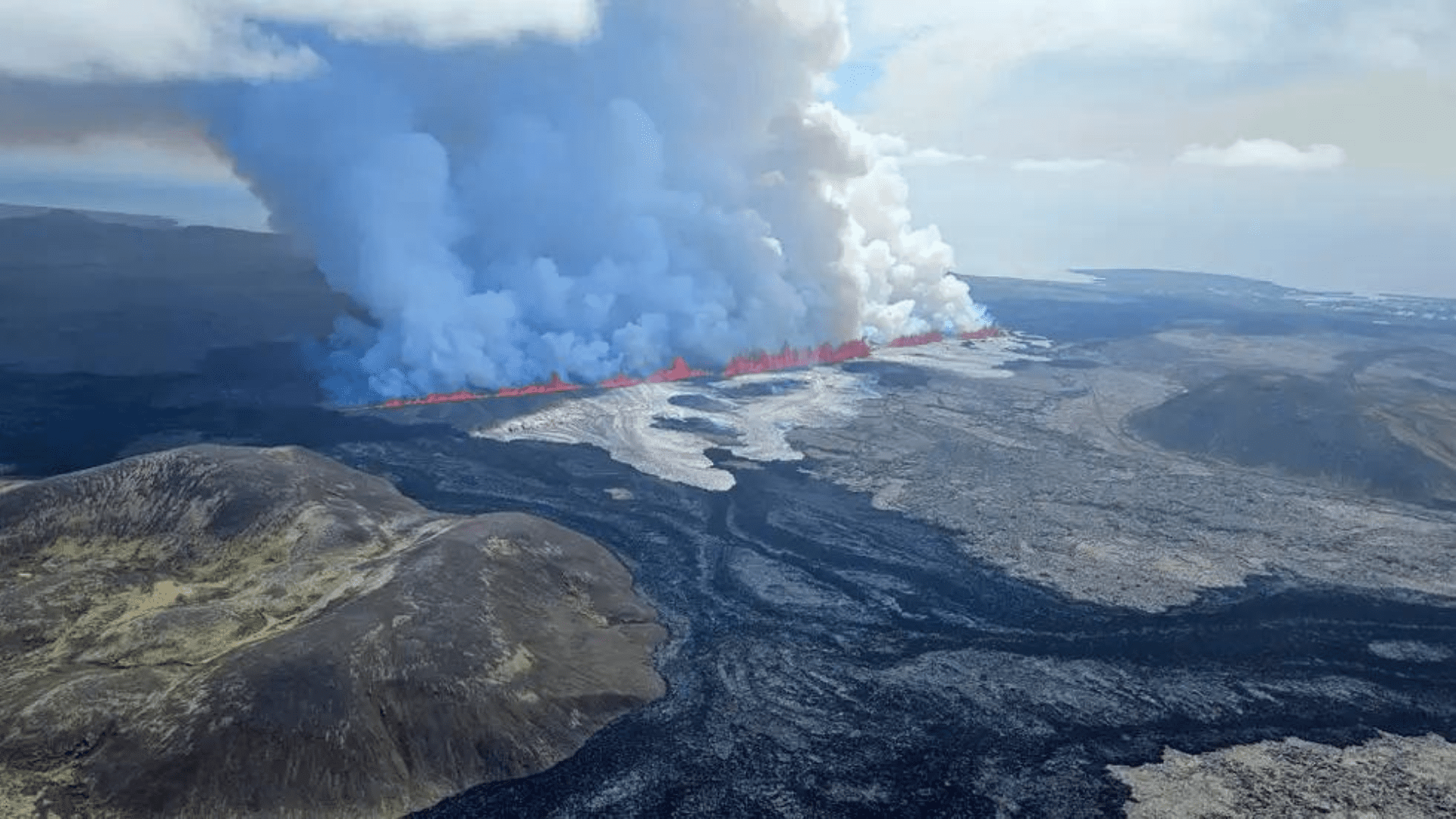
The latest eruption started in the early afternoon on Wednesday, May 29, following a series of earthquakes north of the Icelandic town Grindavik. The town has 3,800 people and was evacuated in December when the volcano came to life after centuries of dormancy. While the volcano put on an impressive show of nature’s power, it also threatened the local community.
Although the activity started to calm down by early evening, Iceland scientists estimate that the latest eruption was the strongest. According to the Icelandic Meteorological Office, lava shot 165 feet in the air from a crack in the volcano that is over 2 miles in length. There are barriers to protecting Grindavik. The barriers deflected the lava that cut off two of the three roads leading to town. Officials say the lava almost reached the third.
“It’s a much larger volume that’s on the move right now headed for town,” Grindavik Mayor Fannar Jónasson told national broadcaster RUV. “The lava has already conquered (a lot).”
Explore Tomorrow's World from your inbox
Get the latest science, technology, and sustainability content delivered to your inbox.
I understand that by providing my email address, I agree to receive emails from Tomorrow's World Today. I understand that I may opt out of receiving such communications at any time.
A Threatening Eruption
Police ordered workers and anyone in town to leave early in the day. Before the eruption even started police evacuated The Blue Lagoon thermal spa, a popular tourist attraction, RUV reported. According to scientists, a dark ash plume engulfed the crater when magma hit groundwater and created an explosive interaction. However, Jóhanna Malen Skúladóttir of the Met Office told RUV that it didn’t rise high enough to cause problems for aviation.
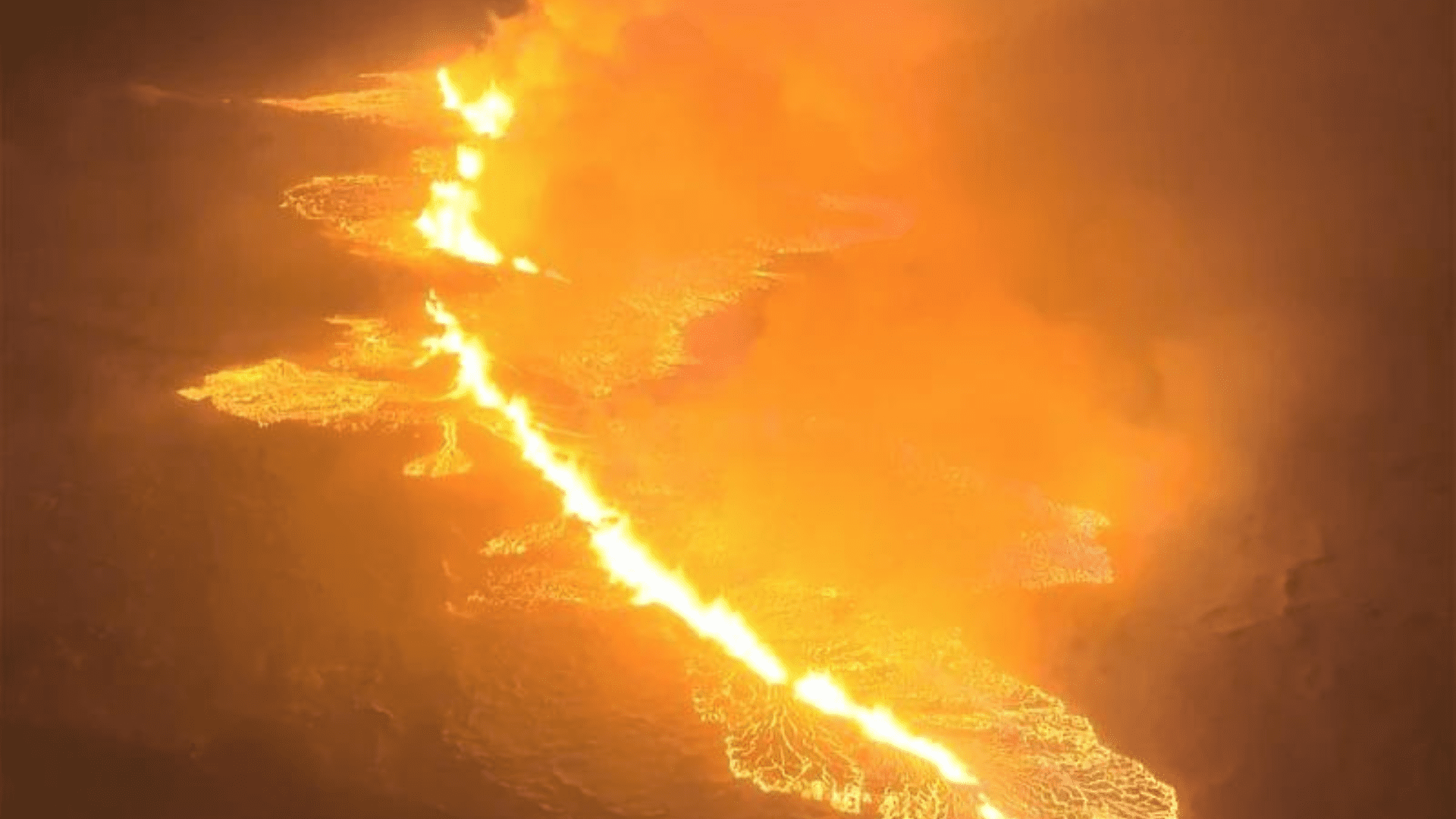
Grindavik is about 30 miles southwest of Iceland’s capital, Reykjavik. The small town remains threatened since a swarm of earthquakes in November forced an evacuation before the initial eruption in December. Another eruption followed the December burst, overwhelming defensive walls and consuming several buildings.
This area is part of the Svartsengi volcanic system. Before reawakening, this volcanic system was dormant for almost 800 years.
Following the December incident, the volcano erupted in February and March. The Feb. 8 eruption cut off heat and water to thousands of people when lava engulfed a pipeline.
Iceland sits above a volcanic hotspot in the North Atlantic and sees regular eruptions. Therefore, the country has experience dealing with them.



